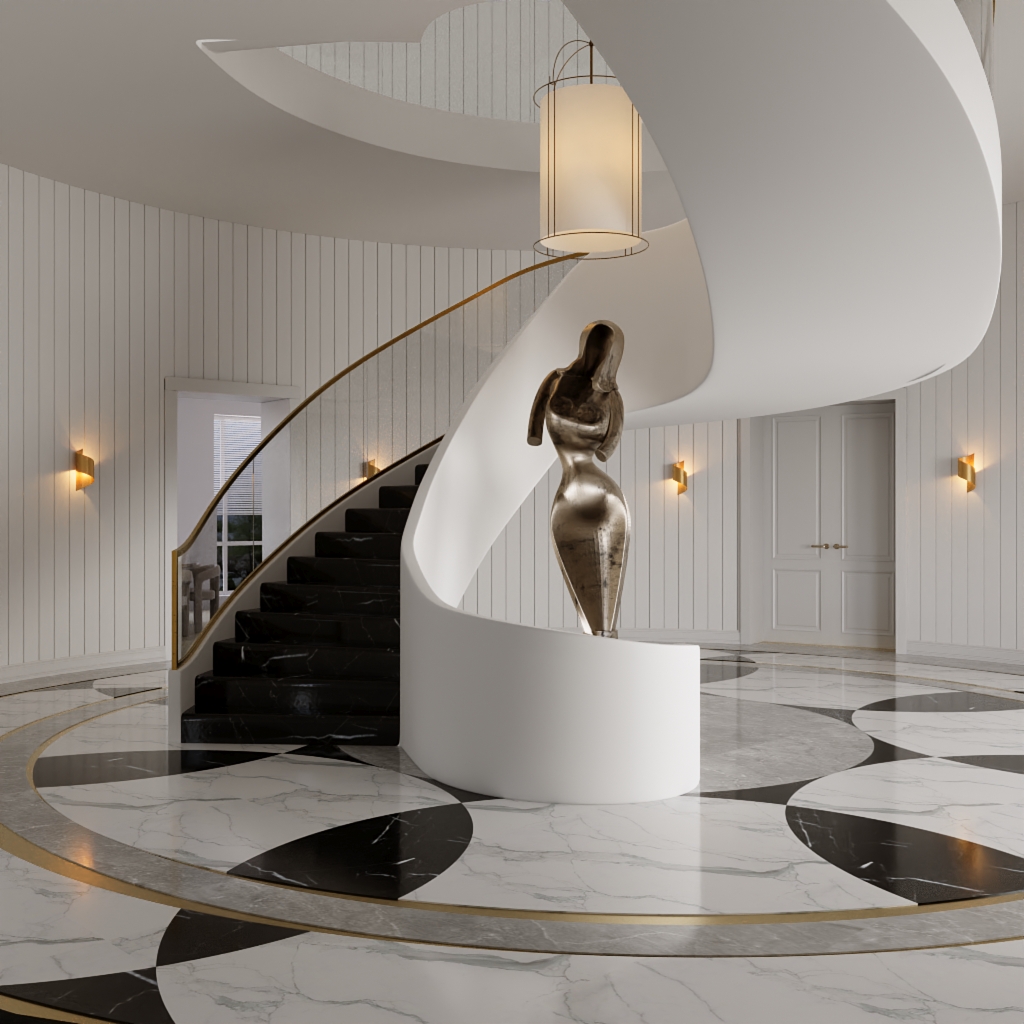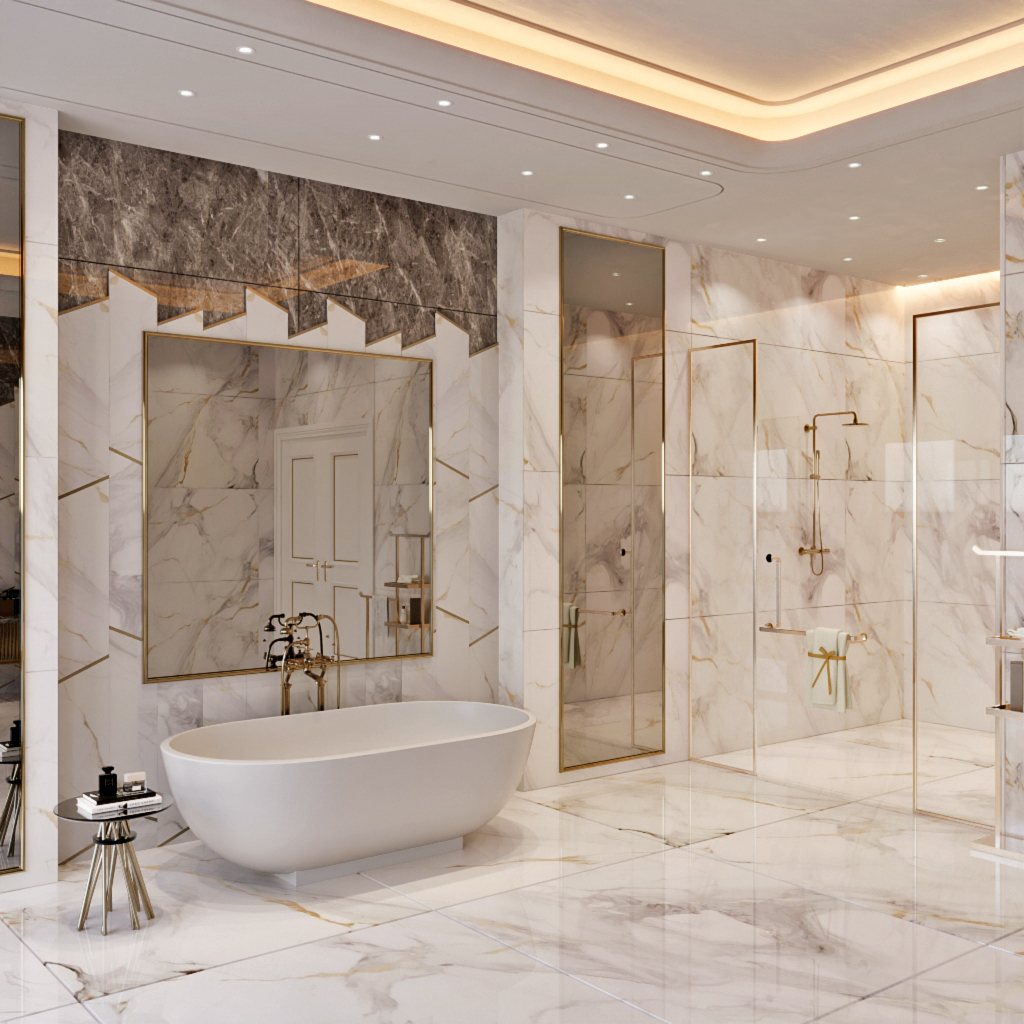
What is 3D Rendering and how is it working?
January 22, 2024 0 comment
In the ever-evolving world of design and visualization, 3D rendering has emerged as a transformative technology, providing a realistic and immersive representation of spaces and objects. But what exactly is 3D rendering, and how does it work? Let’s delve into the intricacies of this fascinating process.
Defining 3D Rendering:

At its core, 3D rendering is the process of generating a two-dimensional image or animation from a three-dimensional model. It involves using computer algorithms to calculate the appearance of every pixel in the final image based on lighting, textures, and other visual elements. This results in a lifelike representation that can be indistinguishable from a photograph.
The 3D Rendering Process:
- Creation of 3D Models: The journey begins with the creation of detailed 3D models. These digital representations define the geometry, structure, and placement of objects within a scene. Architects, designers, or 3D artists use specialized software to meticulously craft these models.
- Texturing and Materials: Once the models are in place, the next step involves adding textures and materials. This includes specifying how light interacts with surfaces, creating realistic reflections, and incorporating details like wood grain, metal finishes, or fabric textures. These elements contribute to the overall visual appeal.
- Setting the Scene: Lighting plays a crucial role in 3D rendering. Designers strategically place virtual lights within the scene to simulate natural or artificial lighting conditions. This step adds depth, highlights key features, and sets the mood for the final render.
- Rendering Algorithms: The heart of the process lies in rendering algorithms. These algorithms perform complex calculations to determine how light interacts with the 3D scene. They simulate the behavior of light rays as they bounce off surfaces, creating realistic shadows, reflections, and highlights.
- Post-Processing: After the initial rendering is complete, post-processing techniques may be applied to enhance the final output. This can include color correction, depth of field adjustments, and the addition of atmospheric effects to further refine the visual quality.
Applications of 3D Rendering:
3D rendering finds applications across various industries, including architecture, interior design, product development, and marketing. Architects use it to visualize buildings before construction, while product designers leverage it to showcase prototypes. The possibilities are vast and continue to expand as technology advances.
Conclusion:

In essence, 3D rendering is a sophisticated blend of artistry and technology. It brings concepts to life, offering clients and designers a preview of spaces and objects in a way that was once unimaginable. As technology continues to evolve, so too does the potential of 3D rendering, shaping the future of design and visualization.
Unlock the power of 3D rendering with Purple Render, where creativity meets precision to transform visions into stunning visual realities.